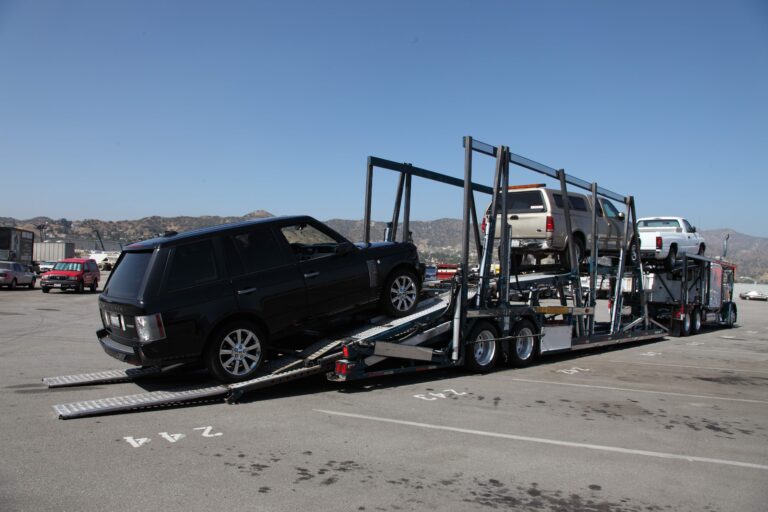
Over the years of the shortage of truck drivers simmering in the U.S., it has reached a full boil. And it is causing anxiety starting from small factories to the Federal Reserve. A respond came from the trucking companies while raising wages and boosting their hauling fees. Their customers then must choose between smaller profits or pass along the higher costs, which fuels inflation. If you think the problem will go away soon, then you are wrong. Construction and manufacturing jobs will continue to lure would-be truckers.
What’s the status of trucking shortage right now?
According to FTR Transportation Intelligence, it increased to a record 296,311 in the 2nd quarter of this year. However, there was a fast change: In the 4th quarter of 2015, less than a 10th that many driver jobs went unfilled.
What’s the cause of the problem?
The root of the problem comes from 2004 when federal rules changed for measuring whether drivers had reached the maximum workday: driving 11 hours in a 14-hour period. The new rules said that the 11 hours begin the moment a driver gets behind the wheel; prior to that the clock would stop whenever a driver stopped at a loading dock. Because drivers couldn’t work as long, more of them were needed to cover the routes. What’s more, the population of truckers is aging. Only 20% of drivers are in their 20-34 age bracket, compared with 30% for construction workers.
What about that the problem is getting worse?
The economy can take part in this issue. According to the American Trucking Associations, for-hire truck tonnage rose 7.9% in the first half of 2018 from a year earlier, more than double the gain for the same period in 2017. On the supply side, with the unemployment rate hovering around its lowest level in almost half a century, construction and manufacturing have an easier time attracting workers than trucking, which can require weeks on the road at a stretch. Payrolls climbed 4.1% in the last 12 months ending June for construction and 2.3% for manufacturing while truck transportation lagged with a 1.7% gain. Other than that, there was a newly enforced federal requirement that truckers should use electronic logging devices. It has stopped drivers from fudging their hours. That’s reduced capacity.
Are there any solutions to the problem?
The industry has been campaigning for allowing people under 21 to drive interstate; a bill on this was introduced in Congress in March.
Who’s in trouble?
Anyone who needs to move goods. Long-distance trucking costs advanced 9.4% in June from a year earlier, according to the Labor Department, the largest increase in nearly a decade. So, trucking’s been a gloomy part of many second-quarter earnings reports.
Who’s benefiting?
Trucking companies, freight brokers, and railroads have all been able to raise prices. Earnings more than doubled at Werner Enterprises Inc. in the 2nd quarter and jumped 55% at J.B. Hunt Transport Services Inc., the largest trucking company by market value. Norfolk Southern Corp., a railroad in the eastern U.S., posted a 46% increase. And drivers are enjoying the perks of being wanted.
Can a driverless truck be an answer?
Autonomous vehicles would certainly avoid the driver-shortage problem. But while Daimler AG and other major vehicle makers are working on the technology, most analysts and freight companies don’t expect driverless trucks will be turned loose on the roads for decades.



